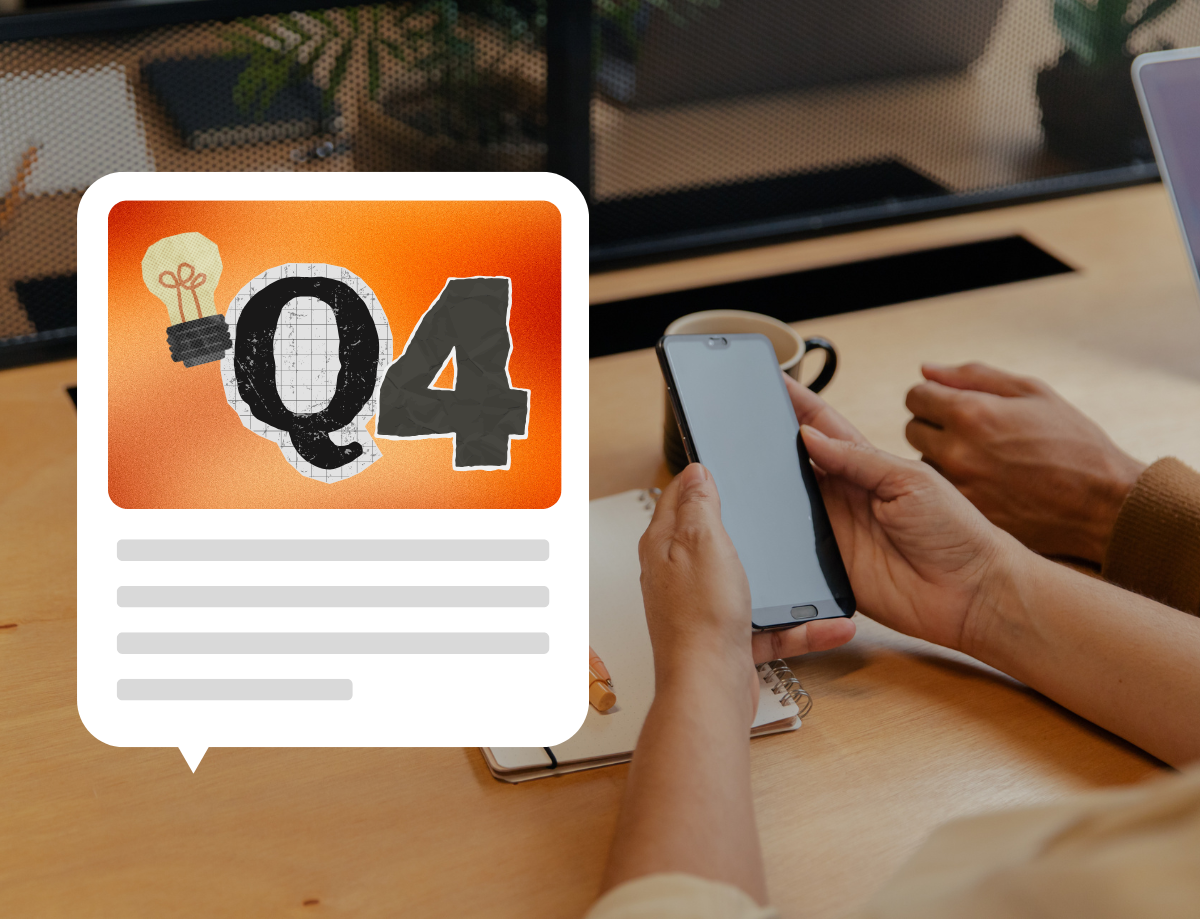SMS MMS Marketing Best Practices


SMS MMS Marketing Best Practices
Analyzing Current MMS & SMS Marketing Best Practices
Even if you’re using a flip phone, you can be a tech-savvy business owner. So, you may have heard about the benefits of SMS and MMS marketing to boost customer engagement. It’s no secret that text message marketing has a near-perfect 99% open rate. People are more likely to open a short, vibrant text than a dull, long-winded email. If you’re new to developing a marketing strategy, you probably have questions regarding text message marketing best practices.
How Are SMS and MMS Marketing Different?
Are you confused by the terms SMS and MMS marketing? While similar, the two are not the same. SMS stands for Short Message Service and can only contain a maximum of 160 characters. MMS stands for Multimedia Message Service and can have up to 1,600 characters. SMS uses text and links in messages, while MMS can support images, animated GIFs, and videos. Despite their differences, both mobile marketing methods deliver measurable results. Businesses across industries benefit from text marketing to help drive brand engagement, awareness, and revenue.
Here are some text message marketing best practices to follow from the TapOnIt experts:
Don’t Send Marketing Text Messages Without Consent
The Federal Communications Commission and the Cellular Telecommunications Industry Association regulate SMS and MMS marketing in the United States. Due to strict advertising laws to protect consumers, you can only send texts to people who have given you permission. Not getting consent can open your company to litigation, fines, and other penalties. Luckily, it’s not difficult to encourage people to sign up by offering exclusive updates, special promotions, unique content, discounts, or sweepstakes to customers who opt-in to receive texts from your brand. If there’s nothing else you remember about text marketing best practices, remember that you always need permission to send text messages to your intended audience.
Be Mindful of Your Message
Because SMS and MMS marketing is permission-based, you need to make sure messages remain relevant and compliant. Most texts are opened within three minutes of being received, but people have short attention spans these days. Keeping your messages engaging but brief is in your best interest. We also recommend being mindful of the overall voice of your message. Who is your audience, and what type of messaging will resonate with them? Will they understand textspeak, like TTYL, LOL, or ILY? Or should you keep it more professional? Customers can opt-out of receiving texts at any time, so be on top of the messaging you use to avoid losing subscribers.
Consider the Frequency
Many businesses new to the world of SMS and MMS marketing can make the mistake of sending too many or too few messages to their subscribers. Try to put yourself in your customers’ shoes and think about the content you’re sending. Should you send it to them daily, weekly, bi-weekly, or monthly messages? No data shows a right or wrong amount to send text marketing messages, so be mindful of your audiences. Include information about how often your customers will receive texts when signing up for your text message marketing so that they know what to expect from your brand!
Don’t Send Late Night Texts (Sleep Is Important)
The hours before 8 am and after 8 pm are known as “quiet hours,” and messages sent during “quiet hours” are considered intrusive and even prohibited by some regulations. To avoid intrusions on your subscribers, and of course any fines, we recommend being mindful of Quiet Hours when scheduling text campaigns.
Compliance Rules You Must Follow
In addition to getting permission to send SMS and MMS marketing, you must also provide a straightforward way for customers to opt-out. This could be as simple as instructing your customers to text the word STOP to stop receiving texts. The terms that you MUST have set up in order to remain compliant are: STOP, QUIT, CANCEL, END, and UNSUBSCRIBE. When someone sends a STOP text, you must immediately send a response notifying the end-user that they will no longer be receiving text messages from your brand. In that message, you can include instructions on how to opt back into your program.
When someone opts into your text program for the first time, the CTIA instructs that the campaign should include instructions on how to opt-out, how to get help, and a disclaimer about possible texting fees, such as “Message and data rates may apply.”
If someone sends the word HELP to your brand’s text program, the system must respond with your brand name and customer care contact information, such as a phone number or email address. The CTIA instructs that programs should promote customer care contact instructions and opt-out instructions not only when the subscriber opts-in but at regular intervals of at least once per month.
Simplify Text Message Marketing With the TapOnIt Team
Following the rules and properly opting-in customers to receive texts from your company is simple with TapOnIt. Our software automatically appends the proper verbiage to be compliant in the right place, at the right time, every time. Each month’s first text campaign will include the phrase “Reply HELP for help, STOP to cancel. Msg & Data rates may apply” to meet CTIA requirements. We’ve set this to happen without any additional work from your team so that you don’t risk missing something important.
Stay Tuned to the Latest MMS & SMS Marketing Best Practices
Ensure your brand remains on top of the latest MMS and SMS marketing best practices. Contact TapOnIt to get started. Our mission is to bring creativity to text message marketing to connect people with the brands they love in fresh, innovative ways. We’re here to help you remain text-savvy in the digital age!
Connect with TapOnIt
Interested in partenering with us?














.png)
